Glass façades are for many the epitome of contemporary urban architecture and design. Sleek, clean, and modern, they give the impression of an Emerald City of the future, rising above the bricks and mortar of yesterday’s Gotham. Yet with the impacts of the climate crisis accelerating, can a building material that is admittedly less energy efficient than more traditional construction remain a part of our future? The answer appears to be a cautious ‘yes.’
Form & Function
Glass provides two things at the top of nearly every homebuyer’s list of ‘must-haves’: light and air. But that capacity is a mixed blessing—glass lets the light in, but it also lets the heat out (or in), making it great for views and spaciousness, but less so for energy efficiency and carbon reduction. That inefficiency has been touted as the death knell for both commercial and residential glass façades, yet we see new glass towers rising on the skyline regularly. With increasing pressure from nearly all quarters to build smarter, greener, and more sustainably, what gives? In short, new technologies.
According to Antonio Argibay, managing principal of Meridian Design Associates, an architectural firm with offices in New York and Miami, “The pros in favor of glass façades are that they’re clean, sleek, and perceived to be modern. They also provide greater daylight and sightlines from interior spaces, which gives a sense of greater space” in units that have grown increasingly smaller over time. “The cons are that even with high-tech glass assemblies, [all-glass buildings] are less energy efficient, because an opaque wall can be much better insulated,” Argibay continues. “With that said, different films have been used for quite some time to improve energy efficiency, protect interior furnishings from harmful UV radiation, and offer shading control. These films are especially beneficial in existing installations where double- or triple-glazed units of sealed Low-E [low-emissivity] glass were not used.
“The technology of glass manufacture is much more advanced now than it was even 30 years ago,” says Argibay. “These sealed multi-paned units have gasses in the cavities [between panes], and each surface is treated differently with coatings that either reflect, absorb, or transmit solar rays for a desired aesthetic, or to address an energy performance problem. For example, modern glass units prevent the interior pane from being overheated, thus creating an additional source of heat to radiate into the space.”
“For obvious reasons, the overall trend within building codes is to minimize energy use in building operations,” says Terrence McDonnell, associate partner with the Chicago office of Klein & Hoffman, an international architectural and structural engineering firm. “For both aesthetic and mental health reasons, there will always be demand for glass in exteriors. Residential users and office workers alike want to be exposed to sunlight and have a view of the outdoors. The real challenge for us today is how to balance the two competing interests. Historically, as the amount of glazing area increases on the exterior of a building, the more energy is required to control the interior environment. In winter, we need to keep the interior heated. In summer, we need to keep the interior cooled. Throughout the year we need to control humidity and dew points so condensation does not occur on interior surfaces.”
New Glass Tech
Given the popularity of glass and the real benefits of natural light, glass tech has advanced by leaps and bounds to address the energy drawbacks of glass as a building material, with the biggest innovations coming online since the 1970s. John Lind, a senior associate with architectural firm Pelli Clarke & Partners in their New Haven, Connecticut, office, says that “glass obviously allows for more daylight to enter a building, which contributes to the mental and general health of the building’s occupants. Spaces with lots of daylight require less artificial illumination and reduce the amount of money spent lighting those spaces. From an energy point of view, the windows used in these structures are typically insulated, which creates a thermal break from interior to exterior. There is minimal transfer of hot and cold from inside to outside and back. Other materials may appear more efficient, but are opaque—so you lose the benefit of daylight as a lighting and heating source. As energy codes get more strict, the recommended or required coatings on glass panels help improve the performance of the glass—and they are getting better and better. Expanding on climate and location, you can get a lot of different coating types. Each has its own performance criteria relative to reflecting or allowing daylight in, etc.”
McDonnell lists a number of more recent technologies that help improve the energy efficiency of glass façades, among them “low-emissivity [Low-E] coatings—coatings that attempt to reflect the infrared portions of light, so they are not transmitted into the building, while simultaneously allowing visible light wavelengths to enter the building. Sometimes glazing systems are fabricated with two or more Low-E coatings.” He also mentions “ceramic frit patterns—special silkscreen coatings of fine glass particles which are coated onto the glass. This also reflects the infrared portions of light, so they are not transmitted into the building, while simultaneously allowing visible light wavelengths to enter. There’s also dynamic glass—which is similar to transition sunglasses. This glass—also known as thermochromic, electrochromic, or photochromic glass—automatically adjusts to the intensity of the solar radiation, becoming a darker tint in high radiation, and clear when low or no solar radiation is present. This automatic transition can be controlled through a variety of methods. Lastly, a combination of more than one of the above items.”
Lind explains that “glass has certain thermal properties that bring daylight and heat through the glass. There are coatings that can be put on the glass that have high-performance characteristics, including keeping some heat energy from coming through and reflecting it back to keep interiors cooler. Coatings can be manipulated to specific needs and desires. With today’s energy codes, we’re also looking at other components to balance needs against what the systems can do together. One is spandrel glass—which from outside looks like regular glass, but from inside there’s a coating or a cavity called a ‘shadow box’ to prevent anyone from seeing through into the space.”
Maintenance
When it comes to the viability of glass as a continuing option for building construction, long-term maintenance is of course a consideration. On balance, glass is neither more nor less difficult or costly to maintain than masonry construction. Just as bricks and mortar may require replacement and repair, glass may as well. The key, say our experts, is to delay those interventions by keeping glass façades clean and well functioning.
“One of the biggest priorities is to keep the façade clean,” says Lind. “Cleanliness improves both performance and appearance. We need clean windows to look out, and dirt can be seen, especially from inside.” The problem is that access to the higher portions of a glass façade is not always easy. “The taller a building is, the more critical it is to include a building maintenance unit, known as a BMU,” Lind continues. “A BMU sits on top of the roof, and [is a piece of equipment that] can lift a cradle or carriage up the side of the building for cleaning and maintenance purposes. They sit on the roof and can have a track system and a long arm to telescope out. A rig hangs from the arm, and the rig goes up and down with a tie-in for safety. Normally these units are part of the building’s initial construction—they’re very difficult to add later.”
“As far as maintenance is concerned,” says Argibay, “the most critical thing in glass buildings is the proper maintenance and upkeep of gaskets, sealants, and other high-tech joint materials. Glass and aluminum are what make glass façades possible, and the failure is not in those materials themselves, but in what holds them together. There is nothing much you can do to maintain the elasticity and performance of sealants and gaskets; they start failing in about 10 years, and have to be replaced in part or whole.”
“Maintenance of glass and glazing systems starts at the perimeter of the glass elements themselves,” says McDonnell. “Appropriate sealing or gasketing of the glass panels is key to weatherproofing glass enclosures. In addition, sophisticated designers can produce details that will make the ultimate replacement of sealants and gaskets after decades of exposure to the environment and wind load fatigue easier.”
A J Sidransky is a staff writer/reporter for CooperatorNews, and a published novelist. He may be reached at alan@yrinc.com.



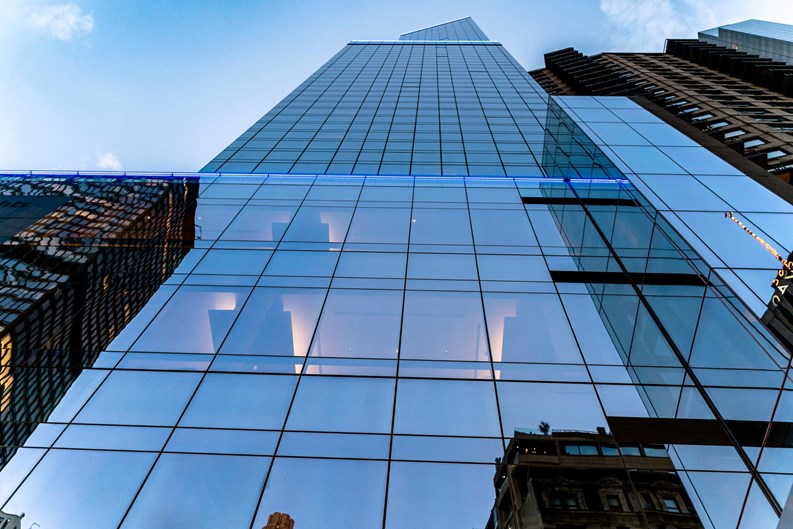
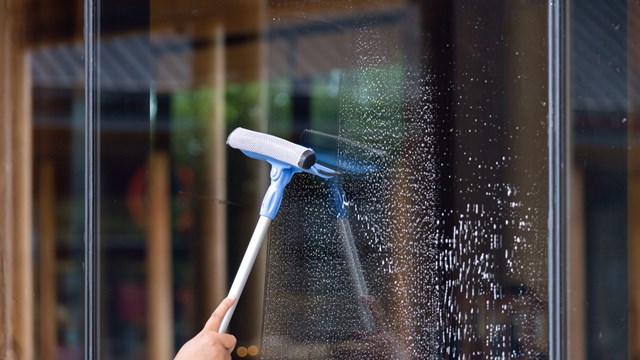
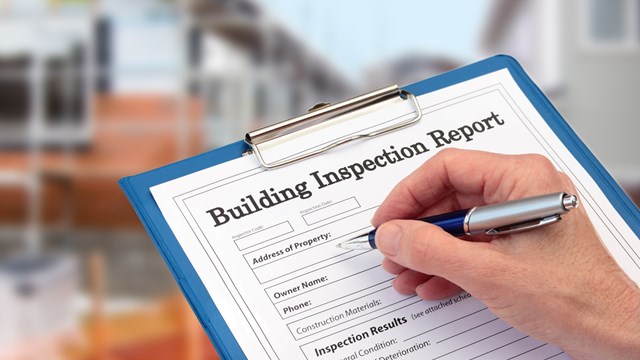

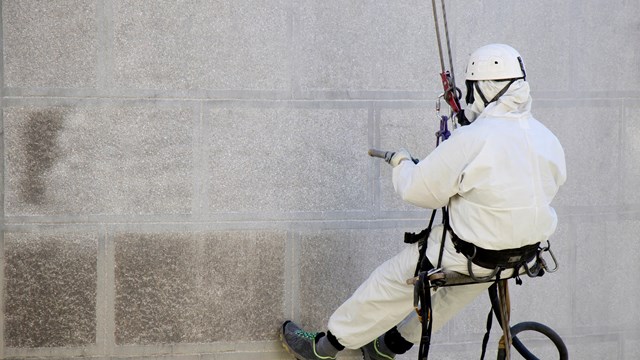

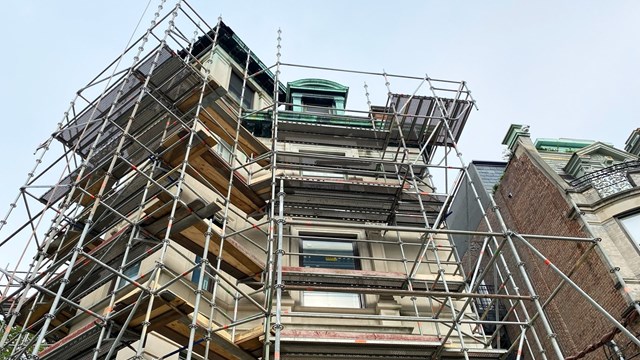
Leave a Comment